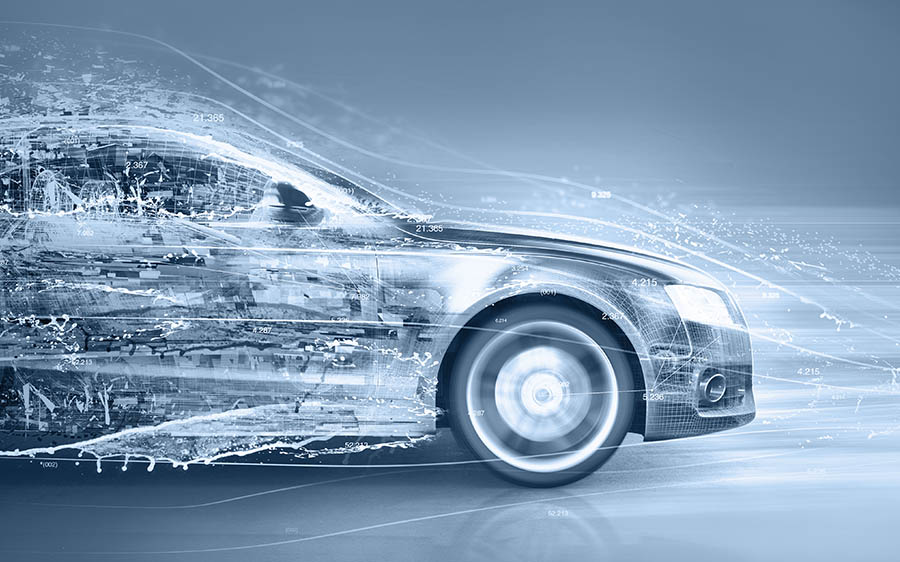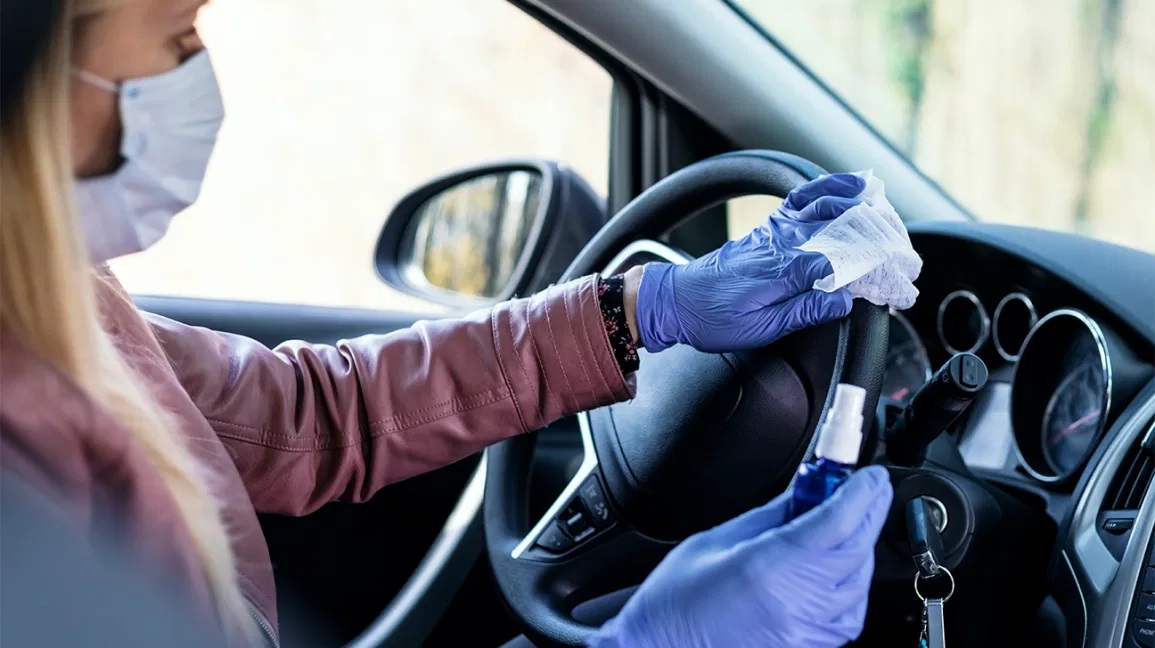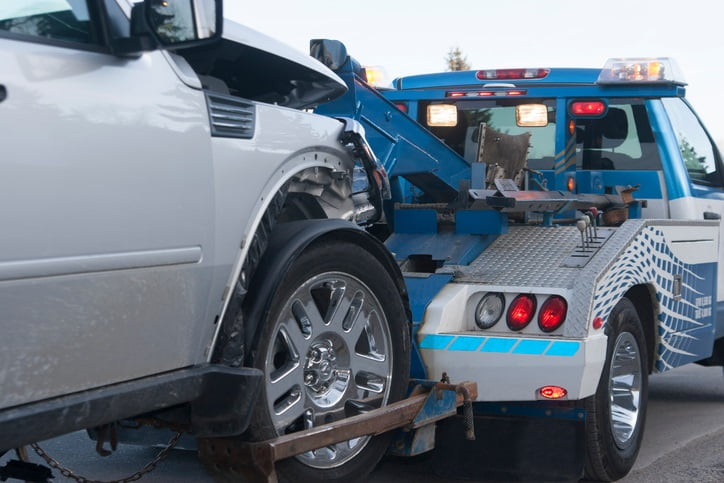Normally, we believe that the cover gives us benefits, but if the correct one is not used, there may be irreversible damages. Using a car cover or car sunshade umbrella (ร่มบังแดดรถ, which is the term in Thai) is common, and many believe that it will be a benefit to the car, either way.
Basically, the surface of the painting has pores and interacts with the atmosphere, just like the skin. It constantly expands and contracts, in addition to absorbing and releasing moisture. Knowing these data, if we cover the surface with some plastic that seals this “breath”, the humidity will have nowhere to go, and most likely will accumulate between the internal layers of the paint, causing balloons and material detachments.
There are different types of covers. The most common one’s act as a total insulating barrier with the environment, most of these are designed to protect against snow and on the other hand, there are fibrous covers that allow the paint to breathe. The latter is not a great barrier against dust, but prevent failure due to moisture accumulation.
Useful Information To Consider
In winter, we have highly variable temperatures and diverse humidity conditions, especially when the car has been used for a long time, the surface of the paint is at a higher temperature than the ambient temperature and condensation occurs. If we add a barrier to this, condensation will build up on the inner layers of the paint.
In metallic colors, this failure is very common since they are made up of several layers of different types, the final one being a shiny transparent layer very sensitive to these changes.
The recommendation is always to use a car umbrella (ร่มกางรถ, which is the term in Thai) to allow free breathing of the paint.
The ideal car cover for your vehicle is strongly influenced by the local climate. Many materials have been developed to deal with specific inclement weather. Rainy parts of the country would require an outdoor deck with exceptional water resistance.





